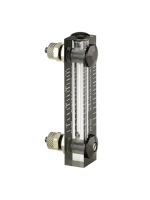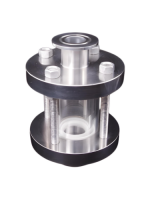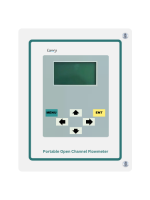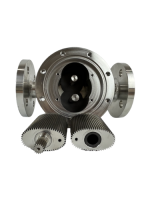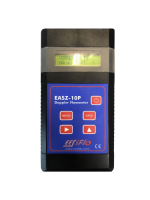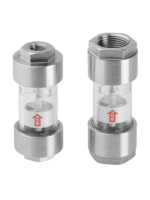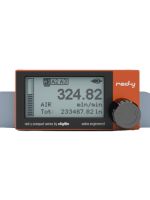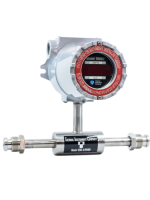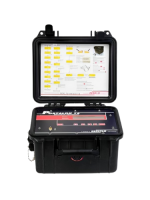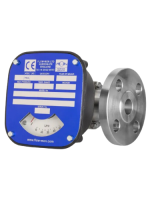
Water velocity is measured by using the Ultrasonic Doppler Principle in Quadrature Sampling Mode. The 6537 Instrument uses its epoxy housing to transmit ultrasonic energy into the water. A portion of the transmitted ultrasonic energy is reflected back to the ultrasonic reception instrument of the 6537 Instrument by suspended silt particles or tiny gas bubbles in the water. The instrument interprets the received signal and determines the water velocity.
There are two ways to determine water depth. Using a top-mounted sensor, an ultrasonic depth sensor uses the ultrasonic principle to estimate the water’s depth. The pressure principle is also used to determine depth utilizing an instrument’s bottom-mounted sensor. The depth measurement is flexible with these two sensors. Applications in clear, open channels are better suited for an ultrasonic principle, although some, such measuring from the side of a pipe, are better suited for a pressure principle.
How does Open Channel Flowmeter Works?
Water velocity is measured by using the Ultrasonic Doppler Principle in Quadrature Sampling Mode. The 6537 Instrument uses its epoxy housing to transmit ultrasonic energy into the water. A portion of the transmitted ultrasonic energy is reflected back to the ultrasonic reception instrument of the 6537 Instrument by suspended silt particles or tiny gas bubbles in the water. The instrument interprets the received signal and determines the water velocity.
There are two ways to determine water depth. Using a top-mounted sensor, an ultrasonic depth sensor uses the ultrasonic principle to estimate the water’s depth. The pressure principle is also used to determine depth utilizing an instrument’s bottom-mounted sensor. The depth measurement is flexible with these two sensors. Applications in clear, open channels are better suited for an ultrasonic principle, although some, such measuring from the side of a pipe, are better suited for a pressure principle.
With four electrodes exposed to the water at the top of the device, the QSD6537 Sensor has a four-electrode conductivity instrument (EC) to measure the water quality. Continuous measurements are made of the quality of the water, and this parameter, together with depth and velocity, can be recorded to further analyze the water’s composition in pipelines and open channels.
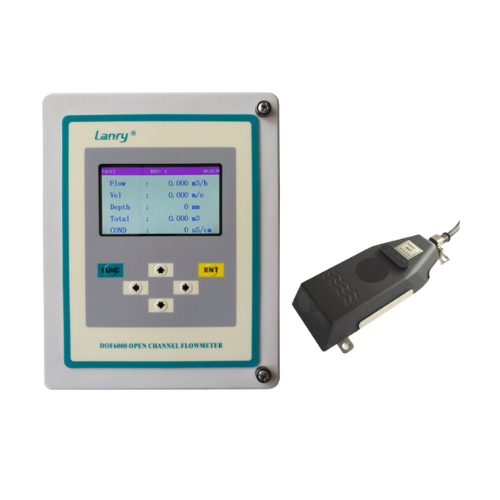
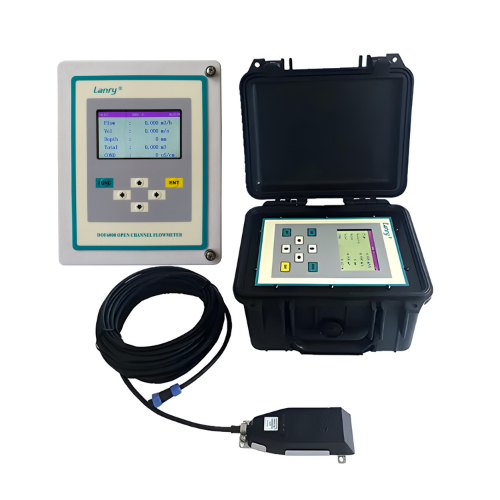
Features:
- Rechargeable battery can work up to 50 hours.
- 20 coordinate points to describe cross section of the river’s shape.
- One instrument can measure the velocity, depth and conductivity simultaneously.
- Velocity Range: 0.02mm/s to 12m/s bi-directional, accuracy is 1%.
- Depth Range: 0 to 10m.
- Measure velocity in both forward flow and back flow.
- Depth is measured by both the pressure sensor and ultrasonic level sensor principles.
- With borometric and pressure compensation function.
- IP68 Epoxy-sealed body design, designed under water installation.
- RS485/MODBUS output, connect to computer directly.
Installation

Partially Filled Pipe

Rectangular Channel

Pipe with Siltation on Bottom
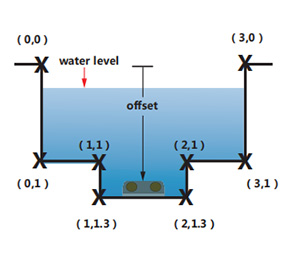
Pre-formed Two-Stage
Rectangular Channel

V-Notch Shape Channel
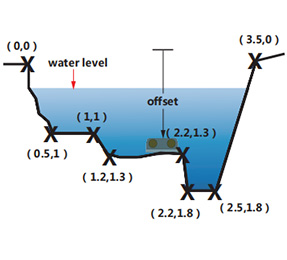
Natural Stream
Applications
- Power Plants
- Irrigation & Drainage
- River Discharge
- Flood Monitoring & Flood Alerts
- Rivers and Streams Monitoring
- Surface Water Monitoring
- Industrial Outflow Monitoring
- Wastewater Treatment Plant
- Rainwater Measurement
- Sewage Treatment
- Hydrological Monitoring
- Water Supply

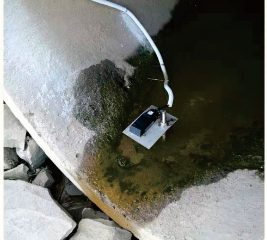
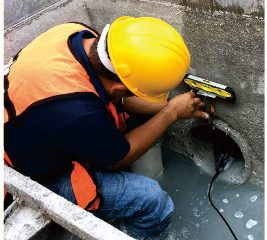

Related products:
